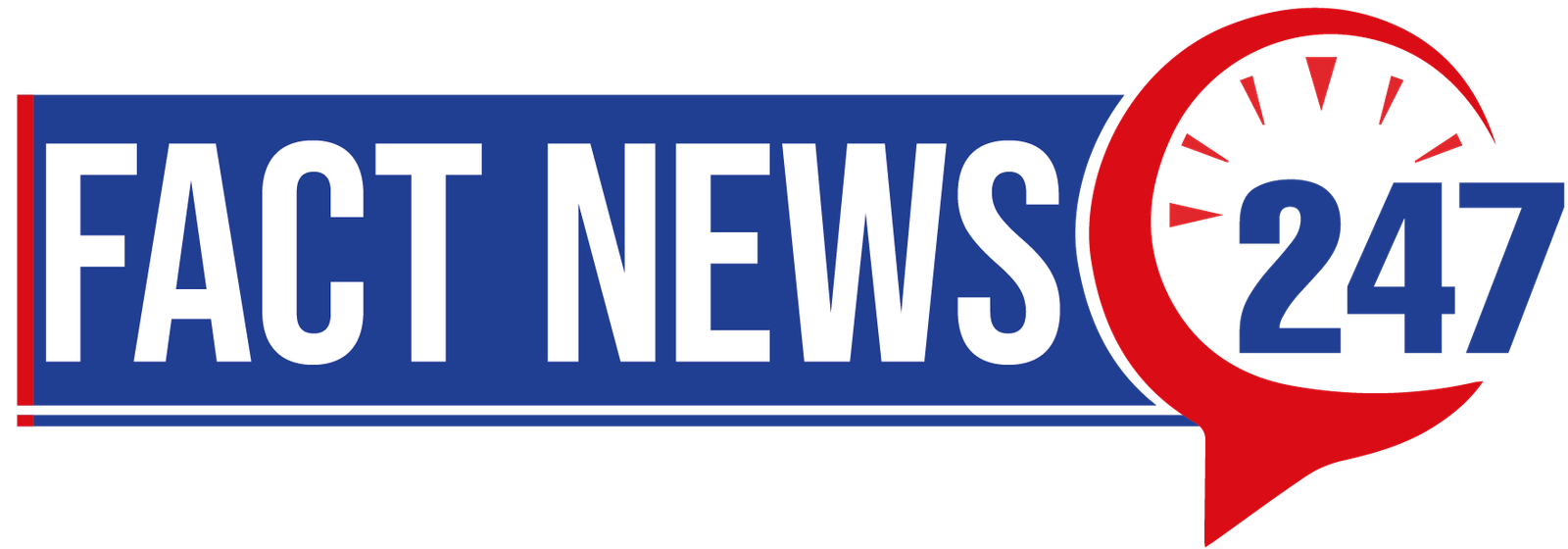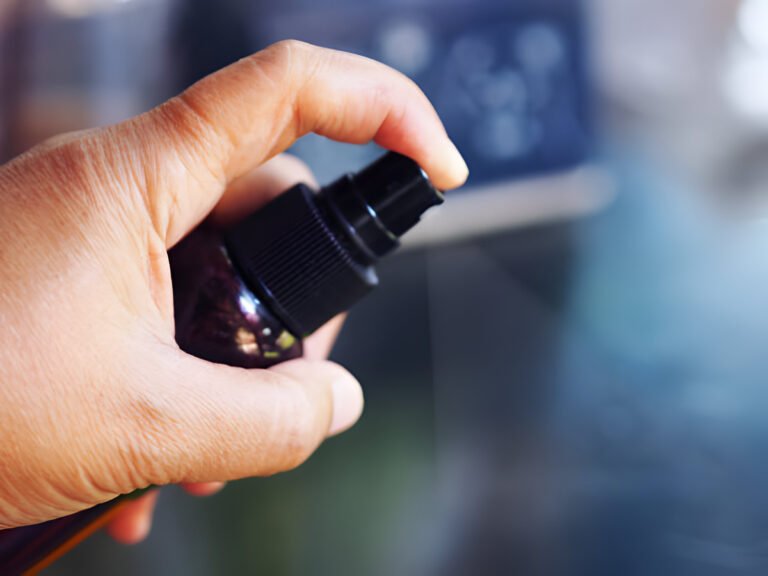Image Credit: Getty image
In today’s digital era, where private lives are increasingly intersecting with online platforms, the question “what if someone leaks your private photos” is becoming a distressing concern for many. Such situations not only breach personal privacy but also have the potential to cause psychological harm. The unauthorized sharing of private images, colloquially known as ‘leaked photos,’ is not just a violation of trust but also a serious offense that can have legal ramifications. Understanding the gravity of this issue is crucial for individuals to protect themselves and navigate through the turmoil should such an unfortunate event occur.
Additionally, it will highlight the importance of support systems in coping with the aftermath of leaked photos. By examining these crucial aspects, the article provides a comprehensive roadmap for anyone seeking guidance on how to effectively deal with the leakage of private photos.
Initial Emotional Responses
Experiencing the leakage of private photos can trigger a whirlwind of emotions, ranging from shock and vulnerability to a profound sense of violation. Individuals often report feeling exposed and used, grappling with the reality that once private images are on the web, they are potentially there for life. This realization can be a harsh lesson, leaving one to navigate through feelings of helplessness and resignation.
Common Feelings of Victims
Initially, victims may encounter overwhelming feelings of shame, guilt, and embarrassment. These emotions stem from the fear of judgment and criticism from others. The societal stigma attached to privacy breaches can lead individuals down a path of self-doubt and isolation, intensifying the emotional turmoil. The days following the incident can feel particularly dark and gloomy, marked by a lack of support from friends and family. Victims might find themselves running from the situation, only to discover that avoidance amplifies the emotional weight of the experience.
Strategies to Remain Calm
In the face of such distress, adopting strategies to remain calm and regain control over one’s emotions becomes crucial. Acknowledging the impact of the situation is a vital first step. Minimizing or dismissing one’s feelings can delay recovery, so it is important to allow oneself to process these emotions fully. Reaching out to trusted friends, family, or professional counselors can provide the necessary support and validation.
Furthermore, embracing acceptance and forgiveness can pave the way for healing and empowerment. Accepting that the situation has occurred and recognizing that the fault lies with the perpetrator, not the victim, can shift one’s perspective. This acceptance helps in diminishing the power of negative emotions and fosters a sense of resilience.
By understanding and navigating these initial emotional responses, individuals can start to reclaim their peace of mind and take constructive steps towards healing and empowerment.
Legal Actions Available
Understanding Revenge Porn Laws
Revenge porn, also known as nonconsensual pornography, is a serious violation that affects numerous individuals. In the United States, 48 states plus the District of Columbia have criminalized this act, acknowledging its severe impact on victims’ lives. The legal framework surrounding revenge porn is primarily criminal, but some states and the federal Violence Against Women Act (VAWA) also provide civil remedies. These laws allow victims to pursue damages for the unauthorized distribution of intimate images, which can include emotional distress, financial loss, or other harms caused by the exposure.
The distribution of intimate images without consent is not only a personal betrayal but also a criminal offense that can lead to significant legal consequences for the perpetrator. Penalties vary by state, ranging from misdemeanors to felonies, depending on the severity of the violation and the specific circumstances of the case.
Filing a Police Report
One of the first legal actions a victim can take is to file a police report. This is crucial for documenting the offense and initiating a formal legal response. Victims should provide all available evidence, including screenshots of the images, communications from the perpetrator, and any other relevant information that can support their case. It’s important to report the incident as soon as possible, as prompt action can often prevent further spread of the images and strengthen the legal case against the perpetrator.
For more complex situations or when initial efforts do not lead to satisfactory resolution, victims may need to consult with an attorney who specializes in internet privacy or sexual abuse cases. Legal professionals can guide victims through the process of filing a lawsuit, navigating the court system, and potentially securing compensation for damages.
By understanding the legal actions available and promptly responding to incidents of revenge porn, victims can take significant steps toward regaining control of their situation and seeking justice against those who have wronged them.
Takedown Procedures
Step-by-step guide to photo removal
Here’s a straightforward, step-by-step guide to help individuals efficiently manage the takedown process:
- Identify All Copies: Start by finding as many copies and versions of the leaked content as possible. This may include searching through various websites and social media platforms. It’s essential to make a comprehensive list of all URLs where the content appears. Remember, the content might be cropped or altered, so thorough inspection is necessary.
- Create a Takedown Notice: Utilize tools like the DMCA.com Professional Takedown Service or their simple three-step takedown notice form, which can be completed in under three minutes. This form will guide you through providing the necessary information to initiate the removal process.
- Submit Takedown Requests: File these notices against each website hosting the content. It’s important to act swiftly as the longer the content remains online, the more it can spread.
- Avoid Extortion: Do not engage in any payment or provide personal identification to websites or hosting companies as a condition for taking down content. Such demands can be considered extortion. If faced with such a situation, involve legal authorities or a lawyer.
- Follow Up: After submitting takedown requests, monitor the sites to ensure the content is removed. The removal time can vary from hours to days depending on the website’s compliance and the conditions of the takedown notice.
- Secure Your Data: Prevent future leaks by securing your digital presence. Change passwords and manage the settings on any device or service (like cloud storage) that may have been compromised.
Using professional services
For those who are not internet-savvy or prefer expert handling, professional takedown services are a valuable option. Here’s how these services can assist:
- Expertise and Speed: Companies like DMCA.com specialize in content takedown and are equipped with the experience and knowledge to handle the process swiftly and effectively. Their familiarity with various hosting platforms enhances the chances of a successful takedown.
- Comprehensive Service: Professional services manage all aspects of the takedown process, from identifying infringing URLs to communicating with webmasters. They can also track down the source of the leak and ensure that all copies are addressed.
- Legal Support: In cases where takedown requests are not complied with, these services can provide or recommend legal assistance to enforce the removal under the law.
- Privacy Protection: Professional services ensure that your identity and personal details remain confidential throughout the process. This is crucial for maintaining privacy and security.
Using these structured approaches, individuals can take assertive steps towards removing leaked photos and mitigating the associated risks. Whether choosing to handle the process independently or through professional services, the key is to act promptly and follow the correct procedures to restore privacy and peace of mind.
Support Systems
Leaning on a trusted network and accessing professional mental health resources are vital steps toward recovery.
Leaning on Friends and Family
In the aftermath of such a privacy violation, reaching out to friends and family can provide the necessary emotional support and reassurance needed to navigate this challenging time. Individuals often find solace and understanding from those closest to them, which can alleviate feelings of isolation and helplessness. In conservative or controlling family environments, it’s particularly important to confide in family members who can provide not just emotional support but also help in managing the situation more discreetly and effectively. Sharing one’s experiences with trusted individuals can foster a sense of security and community, crucial for emotional recovery.
Professional Mental Health Resources
Professional counseling is another avenue that can significantly aid individuals dealing with the leakage of private photos. Therapists can offer strategies to manage anxiety and emotional distress, employing techniques such as cognitive behavioral therapy (CBT) to help victims process their experiences and regain control over their emotions. For those who prefer online support, platforms like Talkspace provide access to therapists specializing in anxiety and trauma, offering flexible communication options such as messaging or live sessions. Additionally, support groups, either online or in-person, can connect individuals with others who have faced similar violations, creating a community of understanding and shared experiences.
Victims of revenge porn or sextortion can also reach out to specialized services like the Cyber Civil Rights Initiative Crisis Helpline, which offers immediate support and guidance. Furthermore, the Revenge Porn Helpline has been instrumental in assisting thousands of individuals by providing resources and helping reclaim control over their situations.
Accessing these support systems not only helps in coping with the immediate distress but also in building long-term resilience and empowerment. By utilizing both personal and professional resources, individuals can navigate the recovery process more effectively and restore their sense of privacy and dignity.
Conclusion
The journey through understanding and combatting the unauthorized dissemination of private photos underscores the critical blend of emotional resilience, legal recourse, and proactive steps for content takedown. From grappling with the initial shock and emotional distress to exploring the avenues of legal action and the practical steps for removing leaked content, this guide has aimed to equip individuals with the knowledge to navigate these turbulent waters. Reflecting on these facets, the primary takeaway resonates with the power of informed action and the importance of a supportive community in reclaiming one’s sense of security and autonomy in the face of privacy violations.
As we consider the resilience required to face and overcome such profound challenges, it becomes evident that beyond the shadow of distress lies the potential for empowerment and healing. Embracing the support of loved ones, leveraging legal and professional resources, and understanding the importance of self-care can pave a path toward not only recovery but also stronger personal boundaries and privacy in our increasingly digital age.
FAQs
1. What should I do if my private photos are leaked?
If your private photos have been leaked, immediately contact the police. It’s crucial to save and provide any relevant evidence such as screenshots of messages that show threats of publication or proof of who may possess the photos. This will assist the police in taking appropriate action.
2. Is leaking private photos illegal?
Yes, it is illegal to share or publicize intimate images without consent.
3. What steps should I take if someone threatens to leak my photos?
If someone threatens to leak your photos, you should report the threat to the relevant social media platform and inform trusted friends and family members. It’s also important to contact law enforcement or a cybercrime reporting agency. Avoid engaging with the perpetrator and ensure you secure your online accounts.
4. What actions can I take if someone shares my private photos?
If someone shares your private photos, here are the steps you can follow:
- File a police report to initiate legal action.
- Work to get the photo removed from social media platforms or websites.
- Consult with an attorney to explore legal options.
- Familiarize yourself with resources available to victims of such privacy breaches.
























+ There are no comments
Add yours